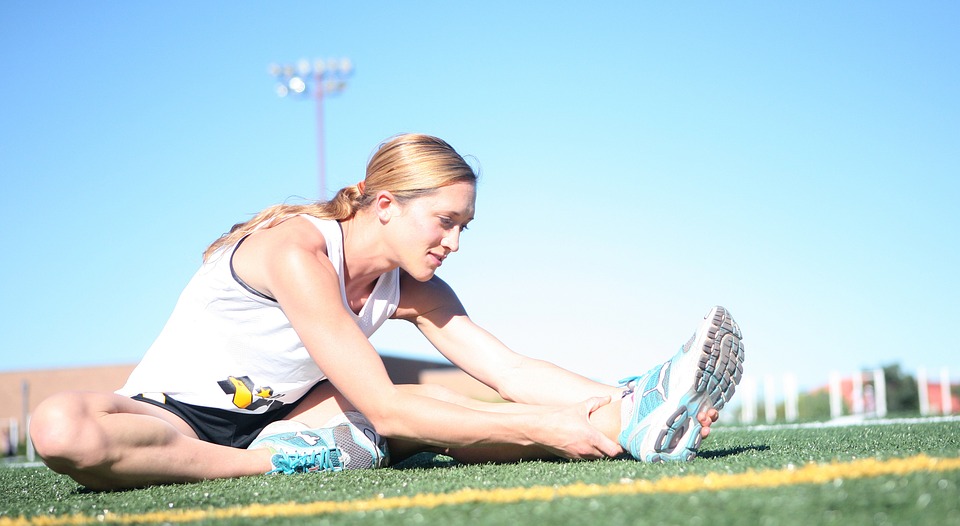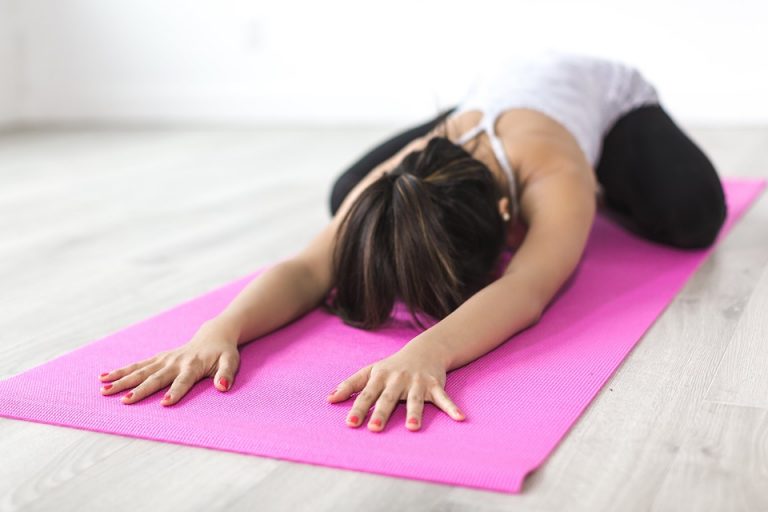Tissue quality is paramount when it comes to building a strong, healthy body. The body seeks structural balance, and the quicker you accept this and adjust your programming, the more successful your lifting career will be. This means making time for some of the stuff we all hate, namely pre-hab exercises and of course, stretching.
"I don't need stretching!"
Most lifters won't admit how tight their muscles really are. Each week we make hundreds of loaded contractions; reps after reps sets after sets. Then, when we're at work or relaxing at home, we continue to make our muscles fire by holding all sorts of unnatural positions.
To help offset this, therapists and trainers advocate flexibility and soft tissue work, but oddly, consider someone who spends 15 minutes a day working at it to be doing a good job. That's not even two hours a week! It's important to recognize the vital relationship between a muscle's quality and its potential to gain size. Rather than being strictly size-obsessed, as most bodybuilders naturally are.
Muscles, bones, tendons, fascia, and ligaments all play a role in your welfare in and out of the weight room. Throw off your skeleton, and you get a lack of structural balance. Throw off your structural balance, and you get muscles being overloaded. Overload muscles and you're grieved with joint stress and connective tissue issues.
When the muscle appears deficient, the answer is not always to give that muscle your attention.
Take a pair of tight hamstrings, for example. Lifters often suffer from hamstrings that have the elasticity of ropes. Yet despite the time spent before and during exercise methodically stretching the snot out of them, they see no improvement in their flexibility or in the performance of their given lifts. Frustrating as this may be, it makes perfect sense - the hamstrings have all the flexibility they need, it's the surrounding muscles that are causing difficulties with deadlifts and squats.
Going into details
Here are some things that could infringe on muscles apparent flexibility or strength:
In the case of tight, inflexible hamstrings, what often hinders ROM are tight hip flexors. Stand up and try to touch your toes with stiff legs and a flat back. Take note of how close you get. Now take 30 seconds and static stretch your hips. Now try the toe-touch again.
Improvement noticed?
The hip flexors were acting against the hamstrings the first time around. Because they were tight, they inhibited the range of motion the hamstrings could achieve on the opposite side. A simple attention shift like this could be a make-or-break factor whether your muscles function the way you want them to.
Your posture is important for more than just looking impressive to the ladies. When you have a head tilt, the corresponding discs of the vertebrae are often being compressed. Not only can this lead to discomfort and chronic muscle imbalance, but it can also lower your muscles involvement in many major upper body lifts.
Many lifters will crane their necks forward during heavy biceps curls, or even look down at their big biceps rather than focusing straight ahead while digging in for their set. This impinges the nerve and lowers the electrical stimulation the nerves can send the biceps from their point of origin.

Your muscle fascia is often like a giant, connected chain. Releasing one link can unlock several others. Do a standing calf stretch off the edge of a box or step. Now squeeze the glute on the same leg you're stretching. You'll feel the calf stretch intensify. The contraction of the glute tugs slightly on the entire fascial chain, so the stretch is felt right along the back of the leg.
Knowing this, we can apply it to crusty chronic pain spots. Try taking a golf ball or lacrosse ball to your plantar fascia if you suffer from things like foot cramps, Achilles aggravations, or calf tightness. It would do us well to first distinguish what we're doing all this stretching stuff for. Stretching work for basic flexibility in everyday life serves a very different purpose than stretching between sets of a 200 kg squat.
Regarding programming, we shouldn't be a quick focus on stretching as it isn't always the cure for everything. Rather, it should be one of many tools in your toolbox to attack a pesky weak point. This way, when we do decide to prescribe stretching, it'll have the desired effect. We all sit a lot certainly. We also do tons of work using the muscles on the front of our body and minimal for the stuff we can't see in the mirror. Flexibility training for health and comfort should be a staple.
What to stretch?
Here's a comprehensive breakdown of muscles to give more or less attention to when stretching.
Chest: Deserve more attention. Tight pecs pull the shoulders way out of position and contribute to joint stress in the shoulder capsule and general posture problems.
Traps: Deserve more of your attention. They surround vital nerves that can be compressed, and tightness can lead to them overcompensating for rotator cuff muscles that aren't active.
Upper Back: Much less attention. Loosening upper back tissue will contribute to rounding of the upper back, and take away from the stability of the shoulder capsule.
Hip Flexors: More attention. From sitting, walking, running, and training, chances are as a lifter you'll always have tighter than desired hips. They also attach to the lower back, a common spot to strain, so you don't want them tight and tugging on your spine.
Lower Back: Much less attention. The last thing we want is to put them back into a less than ideal position by going into flexion.
Glutes and Hamstrings: Less attention. The glutes and hams are normally loose enough, and as direct antagonists to the hip flexors, loosening them can encourage shortening the hips.
Groin: More attention. Any bilateral imbalance that exists due to tightness in one side can lead to hip tilting.
Calves: More attention. The calves flexibility will avoid problems like Achilles tendonitis, bursitis, and other inflammations surrounding the heel.
Summary
We all need a tactful reminder and a little help to pinpoint the root cause of a given issue. If working the strength side of things hasn't been panning out, put some effort into the flexibility side of the equation. You'll be glad you did.






